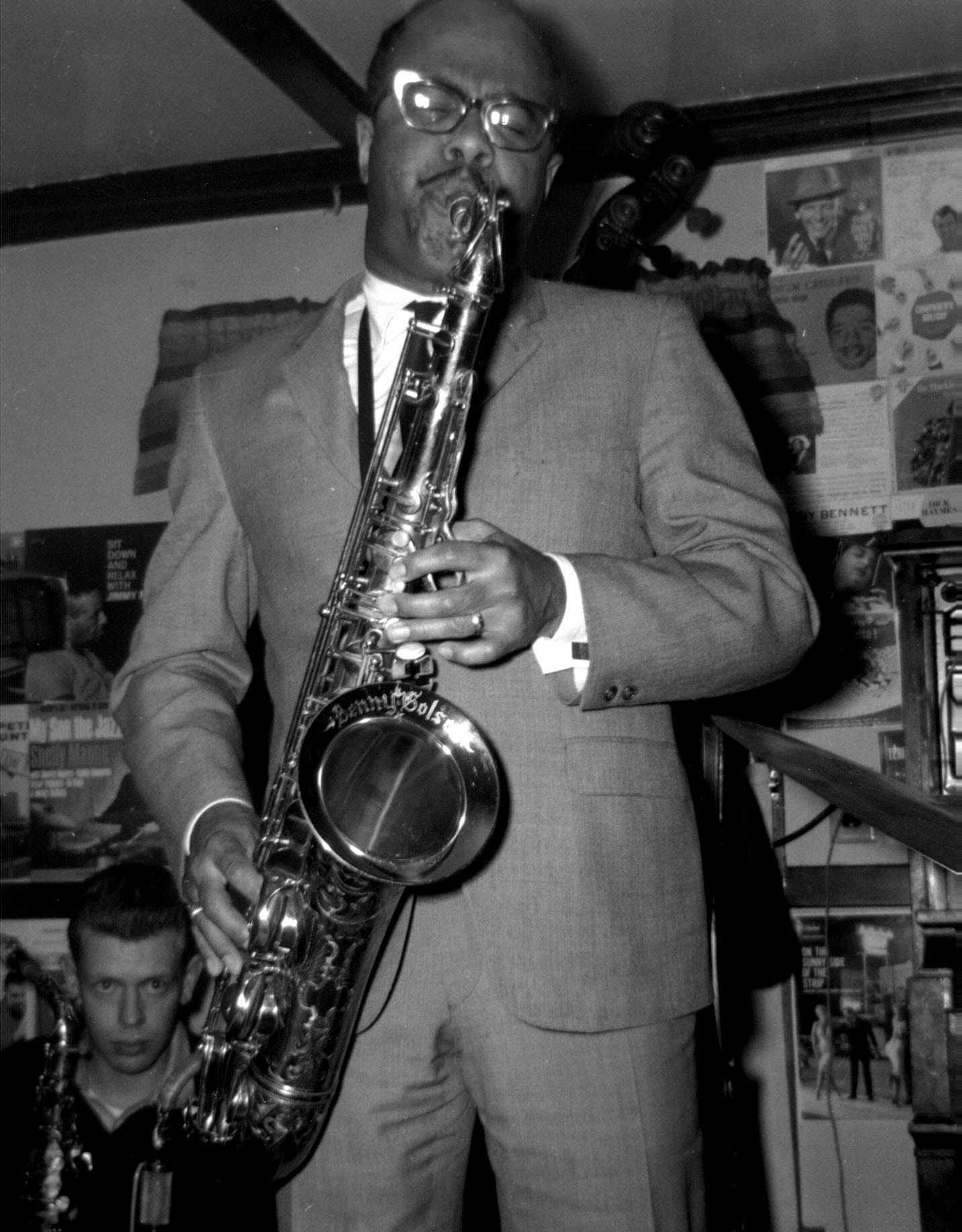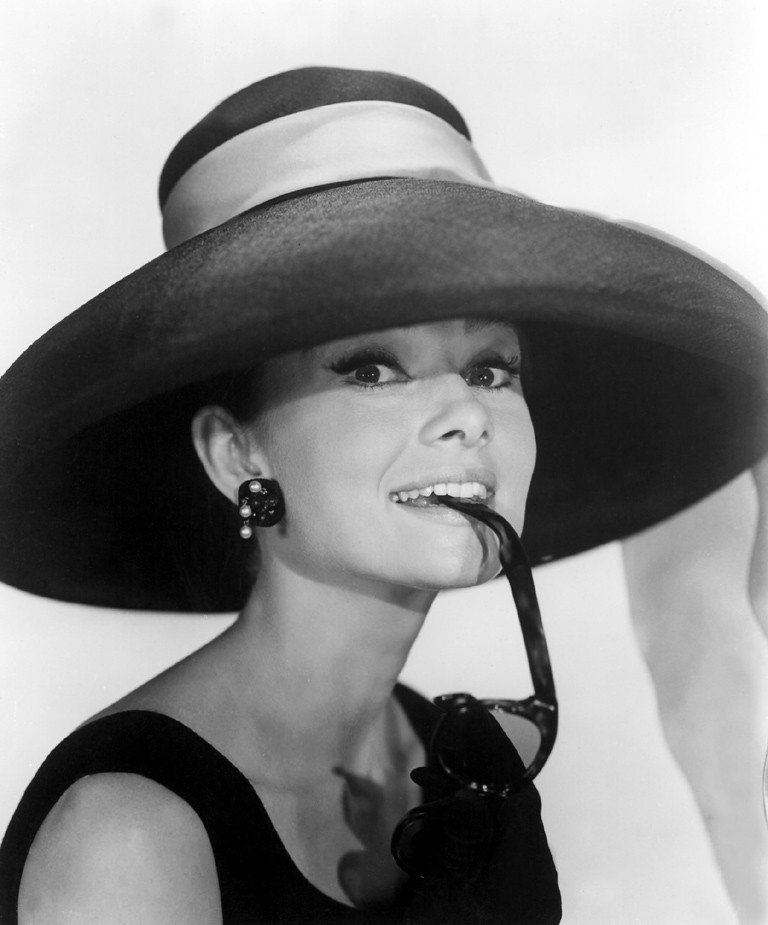
Cher, a mononym that resonates with global recognition, has carved out a career spanning over six decades, leaving an indelible mark across music, television, film, and fashion. Her journey is a testament to incredible resilience, constant evolution, and an unwavering ability to reinvent herself, defying expectations at every turn. From her early beginnings as a backup singer to achieving superstardom as a solo artist and Oscar-winning actress, her path has been anything but conventional, marked by both soaring triumphs and challenging periods of introspection and redefinition.
Throughout her unparalleled career, Cher has amassed a collection of achievements and moments that are, in their essence, invaluable assets to her enduring legacy. These aren’t just mere footnotes in a biography; they are the cornerstones of an empire built on talent, grit, and a fearless embrace of change. While discussions often gravitate towards tangible wealth, the true measure of Cher’s impact lies in these significant milestones—each one a priceless contribution to her iconic status and a testament to her unique place in entertainment history.
In this in-depth exploration, we delve into a selection of these pivotal career moments, examining how they not only shaped Cher’s trajectory but also influenced popular culture on a grand scale. We’ll uncover the stories behind her defining successes, from the initial spark of her unique voice to her groundbreaking achievements on screen and stage, understanding why these contributions are truly beyond monetary estimation, constituting the heart of a legend’s rich and multifaceted heritage.
1. **The Foundation of a Legend: Cher’s Distinctive Contralto Voice**
From her earliest days, Cher possessed a vocal quality that set her apart. As a child, at the age of nine, her voice was “unusually low for a female child,” a characteristic that would later become a signature element of her artistic identity. This deep contralto, a rarity in pop music, contributed to her unique sound and performance style, making her instantly recognizable and memorable to audiences worldwide.
Initially, this distinctive voice even presented challenges. When Phil Spector produced her first single, “Ringo, I Love You,” which Cher recorded under the name Bonnie Jo Mason, many radio programmers rejected the song. They mistakenly believed Cher’s deep contralto was a man’s voice, assuming it was a male homoual singing a love song to the Beatles drummer Ringo Starr. This early hurdle, however, only underscored the singular nature of her vocal instrument.
Despite these initial misunderstandings, her voice quickly became one of her most potent assets. It allowed her to navigate diverse genres throughout her career, from folk-pop and rock to disco and new wave, lending authenticity and power to each style. The evolution of her vocal abilities was particularly noted with the release of her all-ballad album *Foxy Lady* in 1972, demonstrating her continuous growth and mastery over this fundamental tool of her artistry.
2. **Global Stardom Ignited: The Phenomenon of “I Got You Babe”**
While Cher initially faced stage fright, her collaboration with Sonny Bono eventually blossomed into the iconic duo Sonny & Cher, leading to their global breakthrough. After signing with Atco Records and recording “I Got You Babe,” they followed the Rolling Stones’ advice and traveled to England, where, according to Cher, Americans “just didn’t get us and that if we were going to make it big, we were going to have to go to England.” Their unique look and sound quickly captivated London.
English newspaper photographers captured the duo when they were “thrown out of the London Hilton [because of their outfits] the night they arrived—literally overnight, they were stars.” This immediate sensation in London was a pivotal moment, as “London went gaga for the heretofore-unseen S&C look, which was neither mod nor rocker.” Upon their return to the US, the momentum continued to build, solidifying their status as “rock’s ‘it’ couple,” as Ginia Bellafante of *Time* described them.
“I Got You Babe” soared to number one on the Billboard Hot 100 chart, becoming, according to AllMusic’s Bruce Eder, “one of the biggest-selling and most beloved pop/rock hits of the mid-’60s.” Its success was so profound that it “knocked the Beatles off the top of the British charts.” This single not only launched their careers but also influenced fashion trends, with English teenagers emulating their style, adopting bell-bottoms, striped pants, and fur vests. The song itself remains an enduring classic, a timeless symbol of 1960s pop culture.
3. **Television Reign: The Impact of *The Sonny & Cher Comedy Hour***
After a period where Sonny & Cher’s music stopped charting and their film *Good Times* was unsuccessful, they pivoted to a nightclub routine that eventually caught the eye of TV executives. CBS head of programming Fred Silverman, observing them as guest-hosts on *The Merv Griffin Show*, offered them their own television program. This led to the premiere of *The Sonny & Cher Comedy Hour* as a summer replacement series on August 1, 1971.
The show was an immediate success, returning with a full-time run that December. For three years, it was “watched by more than 30 million viewers weekly,” becoming a cultural phenomenon. The program was widely praised for the comedic timing between a deadpan Cher and Sonny, particularly as Cher “mocked Sonny about his looks and short stature.” This dynamic showcased a “warmth, playfulness and caring that only enhanced their appeal,” according to biographer Connie Berman.
*The Sonny & Cher Comedy Hour* was also instrumental in honing Cher’s acting skills through various comedy sketches, including her original character Laverne LaShinsky, a “brash and over-the-top housewife.” Beyond comedy, the show also became a fashion showcase, with Cher’s Bob Mackie-designed outfits setting 1970s fashion trends. The show’s immense popularity and its role in establishing Cher as a multifaceted entertainer underscore its invaluable contribution to her long-term career.
4. **Fashion’s Maverick: Bob Mackie’s Iconic Designs and Cher’s Style Evolution**
Cher’s image has always been intrinsically linked with her bold and often avant-garde fashion choices, a significant “asset” to her public persona. From her earliest days, she emulated Audrey Hepburn’s “unconventional outfits and demeanor” from *Breakfast at Tiffany’s*, showcasing an early fascination with distinctive style. This predilection for unique fashion found its ultimate expression through her collaboration with designer Bob Mackie, whose creations became synonymous with her name.
During *The Sonny & Cher Comedy Hour*, Mackie’s outfits were not merely costumes; they were statements that “set 1970s fashion trends,” defining an era. Cher adopted “alluring, low-cut gowns that became her signature outfits,” further cementing her status as a style icon. This creative partnership continued to evolve, giving rise to some of the most memorable and talked-about looks in entertainment history, each contributing to her reputation as a fearless fashion innovator.
One particularly iconic moment highlighting her fashion impact was at the 58th Academy Awards, where she wore a dramatic, “tarantula-like outfit.” This was widely dubbed Cher’s “Oscar revenge dress” by *Vanity Fair*’s Esther Zuckerman, following her snub for an Oscar nomination for *Mask*. Her pointed quip, “As you can see, I did receive my Academy booklet on how to dress like a serious actress,” perfectly encapsulated her defiant and authentic approach to celebrity and style, proving that her fashion choices were as much about personal expression as they were about glamour.
5. **Solo Ascent: The Triumph of “Gypsys, Tramps & Thieves”**
While Sonny & Cher achieved immense success as a duo, Cher’s solo career consistently proved her individual prowess and evolving artistic identity. Following some commercially unsuccessful attempts by Sonny to revive their recording career, Kapp Records brought in producer Snuff Garrett, who proved instrumental in guiding Cher’s solo direction. Garrett produced Cher’s second US number-one single, “Gypsys, Tramps & Thieves,” a pivotal hit that underscored his understanding of her “voice and her persona as a singer more than Sonny did,” as noted by biographer Mark Bego.
Released in 1971, “Gypsys, Tramps & Thieves” was a resounding success, becoming “the first single by a solo artist to rank number one on the US Billboard Hot 100 chart at the same time as on the Canadian singles chart.” This achievement was a clear signal of her independent star power and her ability to captivate audiences on her own terms. The song was featured on the album *Chér*, later reissued under the single’s title, which was quickly certified gold by the Recording Industry Association of America (RIAA), marking a significant commercial triumph for her as a solo artist.
The success of “Gypsys, Tramps & Thieves” and its subsequent single, “The Way of Love” (which reached number seven on the Billboard Hot 100), played a crucial role in establishing Cher’s “more confident image as a recording artist.” These hits allowed her to move beyond the duo’s shadow and forge a distinct path, demonstrating her immense talent and resilience in the competitive music industry. This period firmly cemented her as a formidable solo force, capable of leading her own musical narrative.
6. **A New Chapter: Cher’s Unexpected Acting Breakthrough in *Silkwood***
Despite early aspirations to act, Cher’s initial film ventures like *Good Times* and *Chastity* had been commercial and critical failures, leading Hollywood to not take her seriously as an actress. This period led her to Las Vegas, which she likened to an “elephant’s graveyard” for fading stars, seeking fulfillment beyond the lucrative but unfulfilling cabaret circuit. Her desire for serious acting led her to New York to study with Lee Strasberg at the Actors Studio.
Her dedication quickly bore fruit when she auditioned for and was cast in Robert Altman’s Broadway production *Come Back to the 5 & Dime, Jimmy Dean, Jimmy Dean*. Playing a James Dean fan club member, she received “unexpectedly positive reviews.” Frank Rich of *The New York Times* praised her “cheery, ingratiating nonperformance,” suggesting the play needed more of her. This Broadway success led to Altman casting her in the film adaptation, marking her return to the big screen with newfound critical respect.
The real turning point came with Mike Nichols, who, having seen her on stage, offered her the part of Dolly Pelliker, the lesbian roommate of Karen Silkwood (played by Meryl Streep) in the 1983 biopic *Silkwood*. Audiences were initially skeptical, with Cher recalling that crowds “laughed upon seeing her name in the opening credits.” However, her performance shattered expectations, earning her a nomination for the Academy Award for Best Supporting Actress and a win for a Golden Globe Award in the same category. This definitive breakthrough cemented her credibility as a serious dramatic actress.”
Having laid the groundwork with foundational successes in music, television, and her dramatic acting debut, Cher’s career was far from peaking. The later decades would see her not only consolidate her status as an actress but also orchestrate a powerful musical resurgence, delve into entrepreneurial ventures, and navigate the ever-shifting landscape of media and public perception with remarkable wit and resilience. These next invaluable assets in her legendary vault demonstrate a performer constantly pushing boundaries, reinventing her image, and proving that true stardom is about more than just fleeting fame—it’s about unwavering impact and an undeniable ability to evolve.

7. **Hollywood Stardom and Oscar Triumph: The *Moonstruck* Era**
Following her critically acclaimed performance in *Silkwood*, Cher solidified her place in Hollywood. The biopic *Mask* (1985) marked her first critical and commercial success as a leading actress, even reaching number two at the box office. Despite initial clashes with director Peter Bogdanovich and a controversial Oscar snub for her portrayal of Rusty Dennis—a drug-addicted biker mother—her performance at the Cannes Film Festival earned her the Best Actress award, proving her formidable talent.
Her film career reached its zenith in 1987 with three significant roles. She starred in Peter Yates’ legal thriller *Suspect*, George Miller’s comedy horror *The Witches of Eastwick* alongside Michelle Pfeiffer and Susan Sarandon, and Norman Jewison’s romantic comedy *Moonstruck*. The latter two films were among 1987’s top ten highest-grossing movies, showcasing her immense appeal and versatility across genres.
*Moonstruck* proved to be the ultimate validation of her acting prowess. Cher portrayed an Italian widow who falls for her fiancé’s younger brother, a role that Janet Maslin of *The New York Times* noted, “offers further proof that Cher has evolved into the kind of larger-than-life movie star who’s worth watching whatever she does.” For this unforgettable performance, Cher won the Academy Award for Best Actress and a Golden Globe Award for Best Actress in a Musical or Comedy, officially cementing her status as an A-list, Oscar-winning actress, commanding $1 million per film by 1988.
8. **Rock Resurgence: The Geffen Records Era & “If I Could Turn Back Time”**
By the late 1980s, after a period of declining record sales and radio airplay that had shifted her focus to acting, Cher engineered a powerful third musical comeback. In 1987, she signed with Geffen Records, a move that critics Johnny Danza and Dean Ferguson described as leading to “her most impressive string of hits to date,” finally establishing her as a “serious rock and roller… a crown that she’d worked long and hard to capture.” This era allowed her to embrace the rock sound she had always loved, but which Sonny had previously refused to adapt to.
Her self-titled first Geffen album, *Cher*, produced by notable figures like Jon Bon Jovi, Michael Bolton, and Richie Sambora, defied initial retail and radio resistance to become a commercial success, certified platinum by the RIAA. It notably featured the hair metal power ballad “I Found Someone,” which became her first US top-ten single in eight years, signaling her triumphant return to the music charts.
This resurgence continued with her 19th studio album, *Heart of Stone* (1989), which soared to number one in Australia and entered the top ten in Canada, New Zealand, the UK, and the US, achieving triple-platinum status. The album spawned three US top-ten singles: “After All” (with Peter Cetera), “Just Like Jesse James,” and the iconic “If I Could Turn Back Time.” This latter track became one of her signature songs, spending seven weeks at number one in Australia, and generating considerable controversy for its ually suggestive music video filmed aboard the battleship USS Missouri, further cementing her bold image.

9. **Entrepreneurial Spirit: Branding Beyond Entertainment**
Cher’s sharp business acumen and understanding of her personal brand extended far beyond the stage and screen, venturing into lucrative entrepreneurial endeavors. In 1988, at the height of her renewed Hollywood stardom, she launched her fragrance, Uninhibited. This venture proved to be an immediate commercial success, reportedly earning approximately $15 million in its first year alone, demonstrating her ability to leverage her celebrity status into a successful product line.
Recognizing the public’s fascination with her youthful looks and enduring vitality, Cher also capitalized on the wellness trend. In 1991, she released the wellness book *Forever Fit*, offering insights into her approach to health and longevity. This was followed by a series of popular exercise videos, *CherFitness: A New Attitude* (1991) and *CherFitness: Body Confidence* (1992), further expanding her brand into the burgeoning health and fitness market.
These ventures showcased Cher’s forward-thinking approach to self-promotion and wealth creation. Far from merely endorsing products, she actively engaged in developing brands that resonated with her public image of strength, glamour, and defiance of age. These entrepreneurial successes highlight a different facet of her invaluable assets, demonstrating that her influence and appeal could translate powerfully across diverse commercial landscapes, building a multifaceted empire.
Read more about: Gisele Bündchen’s Unforgettable Journey: Decoding the Life, Career, and Personal Evolution of a Global Icon
10. **The “Infomercial Queen” and Strategic Image Control**
In the early 1990s, Cher faced a challenging period marked by health issues, contracting the Epstein–Barr virus and developing chronic fatigue syndrome, which left her too exhausted for music or film projects. Despite declining major film roles in *Thelma & Louise* and *The War of the Roses*, she needed to generate income. Her solution was a pragmatic, yet controversial, pivot: appearing in infomercials for health, beauty, and diet products.
This strategic move, which earned her nearly $10 million, was widely perceived by critics as a “sellout.” Many speculated her film career was over, with *Entertainment Weekly* lamenting that she had eroded her “hard-won A-list actress status.” The infomercials became a cultural touchstone, even parodied on *Saturday Night Live* and referenced in the film *Clueless*, where protagonist Cher Horowitz jokingly states she was named after a “great [singer] of the past who now does infomercials.”
Despite the critical backlash and public mockery, Cher later reflected, “Suddenly I became the Infomercial Queen… people stripped me of all my other things.” This period, however, can be seen as an invaluable asset of adaptability and resilience. She chose a financially viable path during a difficult time, demonstrating her pragmatic approach to career management and her ability to remain in the public eye, even when facing a perceived professional downturn. It underscored her control over her image, choosing visibility and financial stability on her own terms.
11. **Navigating Media & Public Perception: From David Letterman to Beavis and Butt-Head**
Cher’s career is marked by her unique ability to engage with the media and public perception, often with a blend of defiance, humor, and self-awareness. Her appearance on *Late Night with David Letterman* in May 1986 became legendary when she famously called him “an asshole,” an incident that garnered significant media coverage and showcased her unfiltered personality. She returned in November 1987 for an unforgettable, impromptu reunion performance of “I Got You Babe” with Sonny, proving her capacity to create viral moments before the internet era.
In 1993, at a point where her health limited her traditional artistic output, Cher demonstrated her shrewd understanding of cultural relevance by re-recording “I Got You Babe” with MTV’s animated duo Beavis and Butt-Head. This collaboration was remarkable for its self-deprecating humor, as the characters introduced her by mocking her image, calling her “a chick that’s got tattoos on her butt… who’s older… done it a lot of times [and] used to be married to some dork” (referring to Sonny Bono).
This willingness to poke fun at her own persona, to appear on unconventional platforms, and to engage with emerging cultural phenomena, highlights a critical asset: her unparalleled adaptability. She consistently found ways to remain current and visible, even when the traditional paths of music and film were less accessible. These moments underscore her wit, her authenticity, and her strategic ability to maintain cultural currency by embracing, and even satirizing, her own iconic status.

12. **The Enduring Icon: Unwavering Adaptability and Defiance**
Throughout her six-decade career, Cher has continuously reinvented herself, defying expectations and cementing her status as an enduring icon. From her initial vocal challenges to her pivot from folk-rock to disco, then to hard rock, and her eventual triumph in Hollywood, her journey is a masterclass in artistic and personal evolution. Her willingness to take risks, whether through avant-garde fashion, challenging acting roles, or unconventional media appearances, has been a constant hallmark.
Her ability to navigate personal challenges, including divorces and intense media scrutiny, and emerge stronger, speaks volumes about her resilience. The context details her complex relationship with Sonny, the public backlash following their divorce, and her fierce struggle for financial and career control. Yet, she consistently broke free, guided by her unwavering vision and a profound sense of self. This includes her health battles in the 90s, which led to the “Infomercial Queen” phase—a period she embraced as a necessary strategic move, rather than a defeat.
Ultimately, Cher’s most priceless asset within her private vault is her singular brand of unwavering adaptability and defiance. She is a performer who has repeatedly proved that she cannot be confined by genres, expectations, or conventional narratives. Her career is a testament to the power of self-determination, artistic courage, and the sheer force of a personality that refuses to fade, always finding a new way to captivate and remain relevant in an ever-changing world.
Read more about: Meryl Streep at 75: Peering into the Hollywood Doyenne’s Timeless Performances and Enduring Influence
Cher’s “private vault,” therefore, isn’t merely a collection of items insured for millions; it’s a living archive of a career defined by groundbreaking achievements, fearless reinvention, and an enduring spirit that continues to inspire. Each milestone, each triumph, and each bold step has added immeasurable value to the legacy of an artist who isn’t just a superstar, but a true cultural phenomenon.












